As idea owners, we often jump right into the process of creating. However, we often fail to realize that our idea is only a hypothesis, NOT a fact. So we need to prove our idea on a real market with real users. This is where the idea validation process comes into play. With this process, you can test your hypothesis in the real world and get back a quantified result to help you decide if you should invest in the concept.
The basics of validation
What is validation?
“Validation is the process where we match our hypothesis with reality.”
If you do it right, the validation process can give you reasonable certainty as to whether your business will have a sustainable, growing, paying audience in a matter of days or weeks. You can avoid wasting months or years building a final product that nobody will pay for.
Thanks to the idea validation process, you’ll have up-to-date market knowledge and a deeper understanding of your users’ problems. Both are invaluable for a successful business.
What isn’t validation?
There are lots of misconceptions about validation and what is it for. So let’s clear up some common misunderstandings.
Idea validation doesn’t guarantee that your business will succeed. There’s a long road to having a prosperous company, and a lot can go wrong along the way.
Validating is not easy. There’s a reason why professionals spend years learning methods for validating product ideas. Objectivity, consistency, and awareness are crucial to a valid, impartial result.
Validation is not for brand building. The majority of users won’t come to know your business while you validate. This is a common misconception that I see many times with clients. They fear that what you do during the validation phase will label your business forever. Let me assure you, that will never happen. In this phase, you won’t reach that many people, only enough to give you valid feedback. You’ll be able to pivot whenever it’s needed and adapt your idea accordingly.
Last but not least, idea validation is not user acquisition. You may gain a few early bird users, who stay with you after validation, but your main goal here is not to build your user base. That’s a task to be done later using marketing tactics.
What should you validate?
Everything. However, the three most important areas are the user/product, market, and business model. Let’s look a bit more in detail what I mean with these.
User/Product: finding out if there’s a need for your product/service.
Market: understanding who are the current players on the market, how big the market is, and how can you enter it. The goal here is to find the product-market fit where your solution meets the market needs. That’s where success happens.
Business model: figuring out how you’ll make money from the idea.
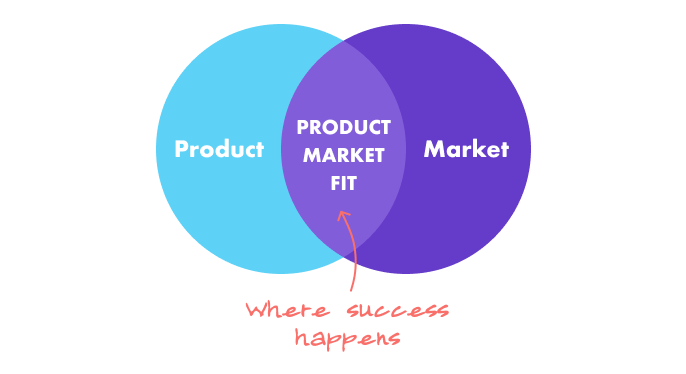
The idea validation process
At Digital Natives we rely on the value of the idea validation process. It’s the foundation of every great, lovable product. That’s why over the years we worked out a well-designed system for validating business ideas. It has three main steps, and we break each down further into smaller parts.
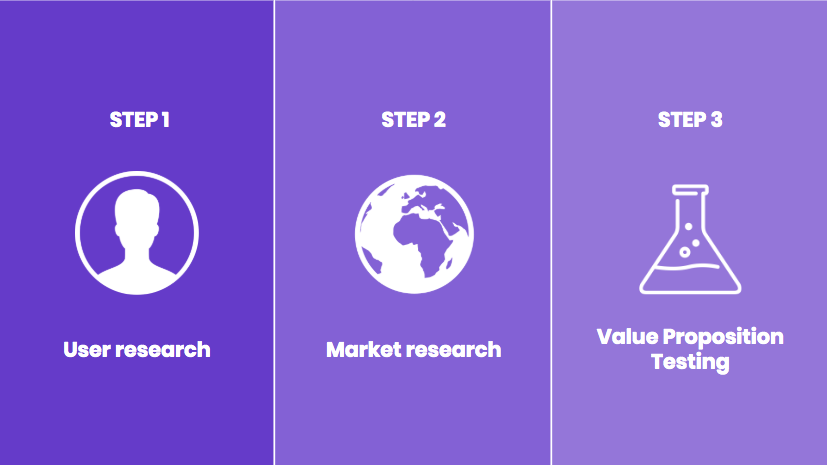
STEP 1. Customer validation
Define your persona
As the first step of your user research, you should define your persona. Your persona is a specific person who represents your target audience. You can create as many personas as you like, but in my experience 2 or 3 is sufficient. You won’t have the time to do proper validation on more than 3 user groups.
It’s all up to you how in-depth you go when defining your persona. You can include as many details as you like including interest, personal information, and so on. However, the one thing that will give the most value is defining the problem for the persona and your main USP as the solution to the problem.
Create a Value Proposition
Usually, at the starting point, a business idea can go in several directions. You can have various potential target groups, multiple use cases, and more than one business model. Choosing the right one can feel like a guessing game at this stage. To test the possibilities and define the value proposition, we usually use the Value Proposition Canvas and the Lean Canvas.
Filling out the value proposition canvas helps you match your product features or services with your customers’ pains and needs. If you do it right, in the end you’ll be able to draft a unique value proposition (VP) to all your personas.
With the Lean Canvas, you take your value propositions a step further to map out the possibilities each VP holds. This way you can decide which target group you should investigate further.
Your sole job at this point should be finding and targeting early adopters, who you know the best or you can reach most effective.
Define your hypothesis
A hypothesis is used to test your assumptions. You form assumptions based on a given problem and, at first, you presume them to be true. Assumptions with high risk and those you have little knowledge about should have higher priority.
You can have as many hypotheses as you’d like, and your goal should be disproving them rather than validating them. If you cannot refute them, you’ll be sure that they are valid.
To give you an example, here’s a hypothesis for our latest product Freebees.io, which is a holiday management application.
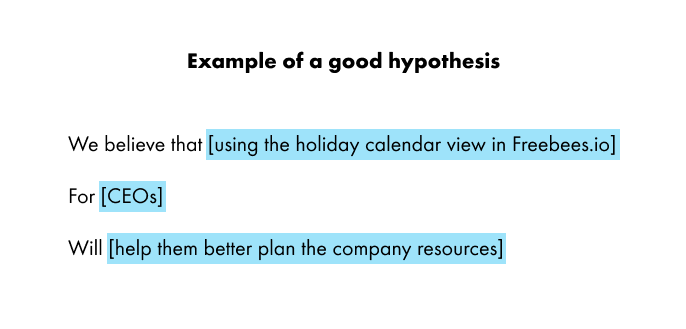
Setting up good hypotheses is hard and requires experience and expertise. So don’t be shy to ask for professional help.
Design your research plan
This step may seem minor, but it’s beyond essential. It will help you structure your whole user research process. In this plan, you have to clarify how will you validate your target audience’s hypothetical characteristics which you defined. You need to think over the following:
- What questions are you trying to answer based on your hypothesis and value proposition canvas?
- Who can you get these answers from?
- What tools will you use to get your answers?
- How will you reach your target group with your tools?
When designing your research plan, you need to take your resources into account, namely the timeframe and money that you have. Naturally, more time and money means more in-depth research.
I need to emphasize how important this step is. A bad design research plan can jeopardize the whole validation process and lead you to product failure. Not asking the right questions, not using the right tools, and coming to the wrong conclusions can result in a false outcome. So I highly recommend seeking professional help for this step.
Talk to your users in person if possible
Here’s the time to collect some first-hand feedback. Get out there and talk to your users. If you have your research plan you should know exactly who you want to talk to, what you’d like to ask, and how you will ask them.
There are a lot of research methods you can choose from; here’s a list of the most common ones.
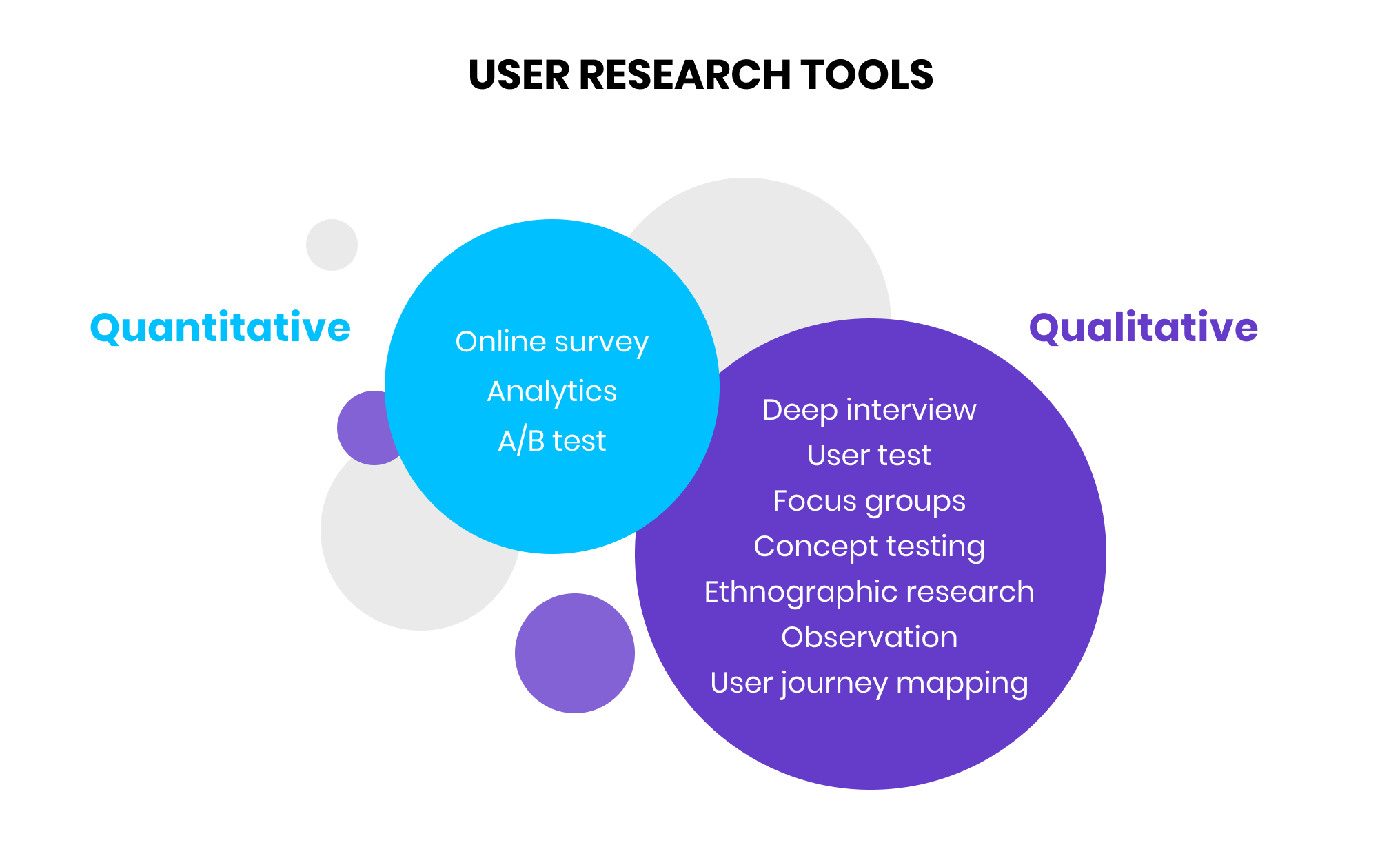
What you choose should depend on your target audience and the questions you’d like to ask. For example, if you target seniors, online surveys may not be the best choice. If you’d like to know more about the emotions of your target audience, open-ended questions are a better choice which works best during deep interviews.
The combinations are endless, and you have to be really conscious when putting your mix of methods together.
Analyze the user research data
It may sound funny that I list this as a separate step, but it is left out surprisingly often. After you have all your data, you should create a proper summary of your findings. You have to understand your data so you know exactly what should be your next steps.
When you analyze you should look for:
- Major patterns and themes
- Supporting and disproving findings in comparison with hypotheses
- Surprising findings
- Emotional response from users
- Interesting user stories
- Typical wordings and expression users apply
Evaluating your research data is a topic which deserves to have an entire article dedicated to itself, and we plan to create one in the near future.
For now, let’s move on to the second step of our idea validation process.
For a more in depth
STEP2. Market research
Competitor analysis
As the first step of the market research, we must investigate competitors on the market. So let’s go through the questions I most frequently get regarding market research.
Where and how do you find your competitors?
In my experience, the best way to detect your competitors is to use your user research data so you can see what solutions your users are already using. Other sources can be online communities, forums and if you’re still not satisfied you can do a google search to look for possible competitors.
Sometimes after I define the first competitor I like to use the SimilarWeb chrome extension to find new ones.
What should you compare?
This heavily depends on your validation goal and how much time you have to dig deep. As a rule of thumb, I usually compare the following:
- the unique selling point – how is the competitor different?
- marketing channels they use to reach their customers
- features or services they offer
- the market they are present in, including location, size, and so on.
How many competitors should you compare?
This also goes down to how much time you have for it. The general answer is as many as possible to help you map out the competition and the market. The more practical answer is to analyze a minimum of 3 to 5 of your competitors. That should give you enough insight to move forward.
Channel mix research
In this step, we try to figure out what channels you should use to efficiently reach target users during the validation process. The channels for validation won’t necessarily be the same ones that you’ll use for marketing reasons, but they can indicate what will work in the future.
The channels for validation should meet two requirements:
- They have to provide fast response, meaning you need the feedback from the users within a few days or weeks.
- They have to include a high number from your target audience so that your sample user group is large enough.
Based on my previous experience, the channels that comply with these terms are:
- Paid Ads: Facebook, Instagram, LinkedIn, Snapchat, Quora, Adwords, Bing Ads
- Forums: Reddit, Quora, domain-specific forums
- Social Groups: Facebook, LinkedIn, Slack groups
How can you figure out what channels to choose for your idea validation process?
The bulletproof way here is to go through your user research data again and see what channels your target users are using.
I also like to use SimilarWeb to look at what channels competitors are using. You can check this on the social tab, which can give you quite a good idea of where to start.
Keyword research
Why conduct keyword research at this stage?
Although keyword research might sound a little weird at this stage, it can be helpful in three ways. Firstly, it can indicate if there’s a market need for the service. If there’s no search volume for any of your hypothetical keywords, that may be implying something about the market need. Secondly, it will be a huge help when you are drafting your copies for ads and for your landing page (I’ll get to these soon). Last but not least, it can be a starting point for later when you’re building your SEO strategy.
It’s important to note that the goal here is not finding the perfect keyword that will rank you #1 on Google. Your goal here should be finding the keywords and phrases your target users use when they are talking about your solution. So when they read about it on your page, they will know exactly what your business is about.
Where should you find your keywords?
The obvious choice would be Google, which is a good starting point, but not the most valuable source here. As the goal is to ‘talk like your users’, you should utilize the information from the user research once more, and look for terms and phrases they used when they talked about your solution or your competitor(s). Also, forums and groups are a great source for more keywords.
STEP3. Value proposition testing
Now that you have a lot of data at your disposal, you’re ready to dive into testing. However, before you start you should set a validation goal.
A validation goal is how you measure if you can declare your idea validated or disproved. Your goal can be anything that can be measured numerically:
- Getting 100 email subscribers
- Receiving 10 pre-orders for your product
- Having 100 views on your first Youtube video
The point is that the number should come from some kind of user action. Visiting your website does not require any serious action from the user, so it does not count as a good KPI. Also, the number you set should be reasonable. Not too easy but also not impossible to reach.
Create landing page(s)
As the first step of the value proposition testing phase, you should create one or more landing pages, depending on how many personas you’re testing.
Like before, there are also rules to follow when creating your landing page:
- Create a simple one-pager. You don’t need a fancy, final design and all the subpages at this point. Just a simple, yet professional website that represents your business.
- Focus on the value proposition. The whole point here is to test if your value proposition is interesting enough for your potential users. So, create a page where you highlight the value proposition on the top of the page.
- Only test one variable at a time. Like in every experiment, the rule of testing only one factor at a time rings true here too. If you are testing value propositions, the design should be the same. If you are testing USP combinations, the copy and design should be the same on all versions. You get the idea.
Drive traffic to the landing page
Now that you have your landing page representing your value proposition, you should somehow drive traffic to these websites. Let’s see how:
At this point, we circle back to the validation channel mix where we identified the most efficient channels to quickly reach a big part of your target users. To give you a quick recap, the best ways to drive traffic are the following:
- Creating paid ads. These can be ads in search engines, social media, paid articles, PR activities, and so on.
- Doing growth hacks. I call these hacks because they are free and require just a little out-of-the-box thinking. An example could be answering related Quora questions or sharing your page on forums.
- Organizing giveaways. Giveaways are double-edged swords; they can either work wonders, or give you a false result if people are just interested in winning the prize.
The rule of quality before quantity is extremely true while getting traffic. You should rather have less traffic but all from your target audience than masses of visitors who are not in your potential target group.
Measure audience interest
If someone eagerly tells you, “That’s an interesting idea,” your first reaction should be to follow-up with asking, “Why?” It’s essential to understand that someone liking your idea is not the same as them buying your solution. The challenge during your idea validation process is to avoid as many of these ‘false positives’ as possible.
Based on this way of thinking, users visiting your landing page is like them saying, “That’s a great idea.” It’s not equivalent to buying your idea, and you need to somehow measure the commitment of your potential audience. The easiest way to do this is to set up a CTA button on your page requiring an activity from the visitor.
Taking it a step further, you can also measure the rate of interest by asking for different activities with your CTA. For example, a CTA that says ‘SUBSCRIBE’ demands a lower commitment than a CTA with a ‘PRE-ORDER’ designation.
Assess & Analyze
It may sound obvious, but evaluating and understanding your data is crucial. Knowing what happened and why can change the interpretation of the results. So keep an eye out and check those numbers. Using tools like Google Analytics, heatmaps, video recordings, and so on can give you invaluable data about your users and the next steps you should take.
Most common mistakes
Mistake #1. You want to find a problem for your solution.
This is perhaps the most frequent mistake I see with idea validation. People come up with ideas, fall in love with them, and they try to find a group of people who has the problem that they are aiming to solve. Or even worse, they try to convince people that they have a problem. Let me tell you, this will never work. You can’t persuade someone that they have a problem when they don’t want to be persuaded.
“Fall in love with the problem, not the solution, and the rest will follow,” as Waze co-founder Uri Levine says.
Mistake #2. You assume you don’t have competition.
This happens with more innovative ideas when it may seem like you are the first to come up with that solution. However, this does not mean you are alone in the market. Even when it seems like you don’t have competitors doing the exact same as you, the solution your target group is currently using will be your competition.
Mistake #3. You misinterpret the result of the validation process.
Believing in your idea is one thing. Loving your idea blindly is another. When doing a validation process you have to prepare yourself that the result will either confirm or disprove your idea. Don’t fall into the trap of deliberately misreading the results so that your idea gets approved. You’ll only be fooling yourself. When the validation process disproves the hypothesis, either pivot or leave it behind. Don’t burn your resources on false ideas.
Business idea validation package
If all this seems too overwhelming to do by yourself it’s always worth to get professional help. That’s why we created our business idea validation package, deliberately designed to test your idea on the market and get real user feedback.
This whole process takes 4-8 weeks depending on your project’s resource need and how complex the idea is that you wish to validate. We work closely together, to find the most potential target group, create your value propositions and test them. You can look into the package here and if you’d like to have more details just drop us a line here.
Next steps
As you can see, validating your idea is quite a complex process that requires awareness, objectivity, and many skills. It can seem overwhelming at first, (Which it certainly can be!), yet the value it provides compensates for every hour and penny you put into it. Knowing what your users need and building your solution to fulfill those needs right from the beginning is the foundation of a well-established business and allows for future growth.
In the coming weeks, I will dive deeper into every step to share more details, exact tools, and thought processes that we use during an idea validation.
Until then, if you have any questions or would like to share your experiences on validation, just leave a comment below.


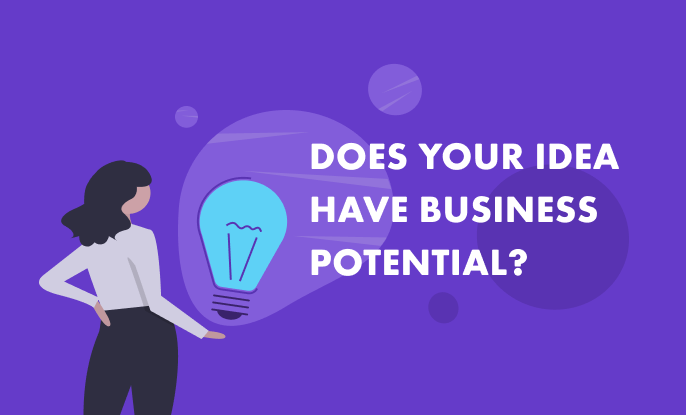
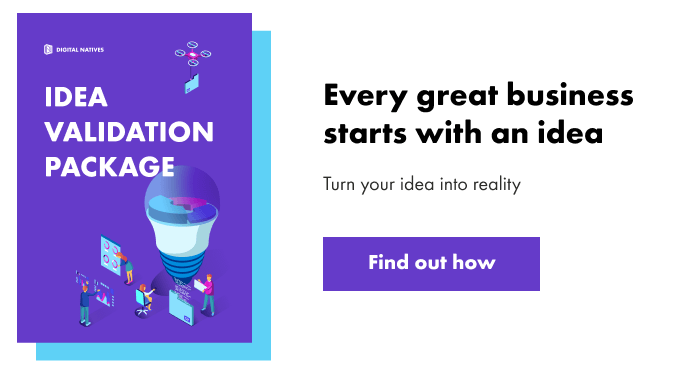
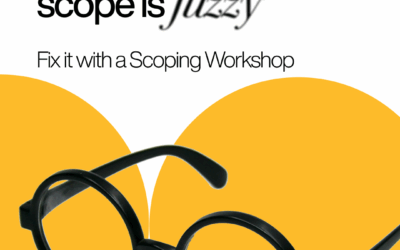
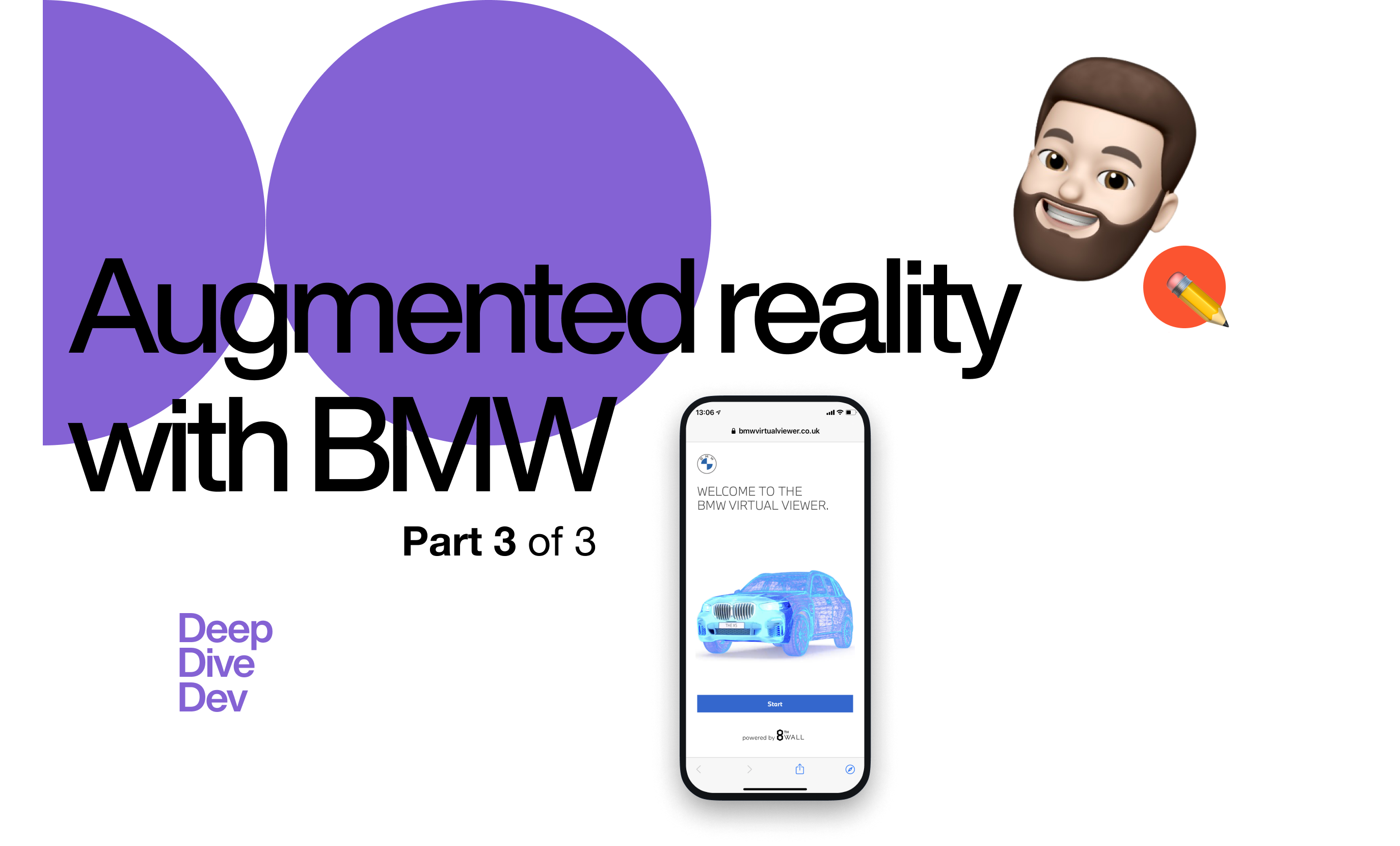
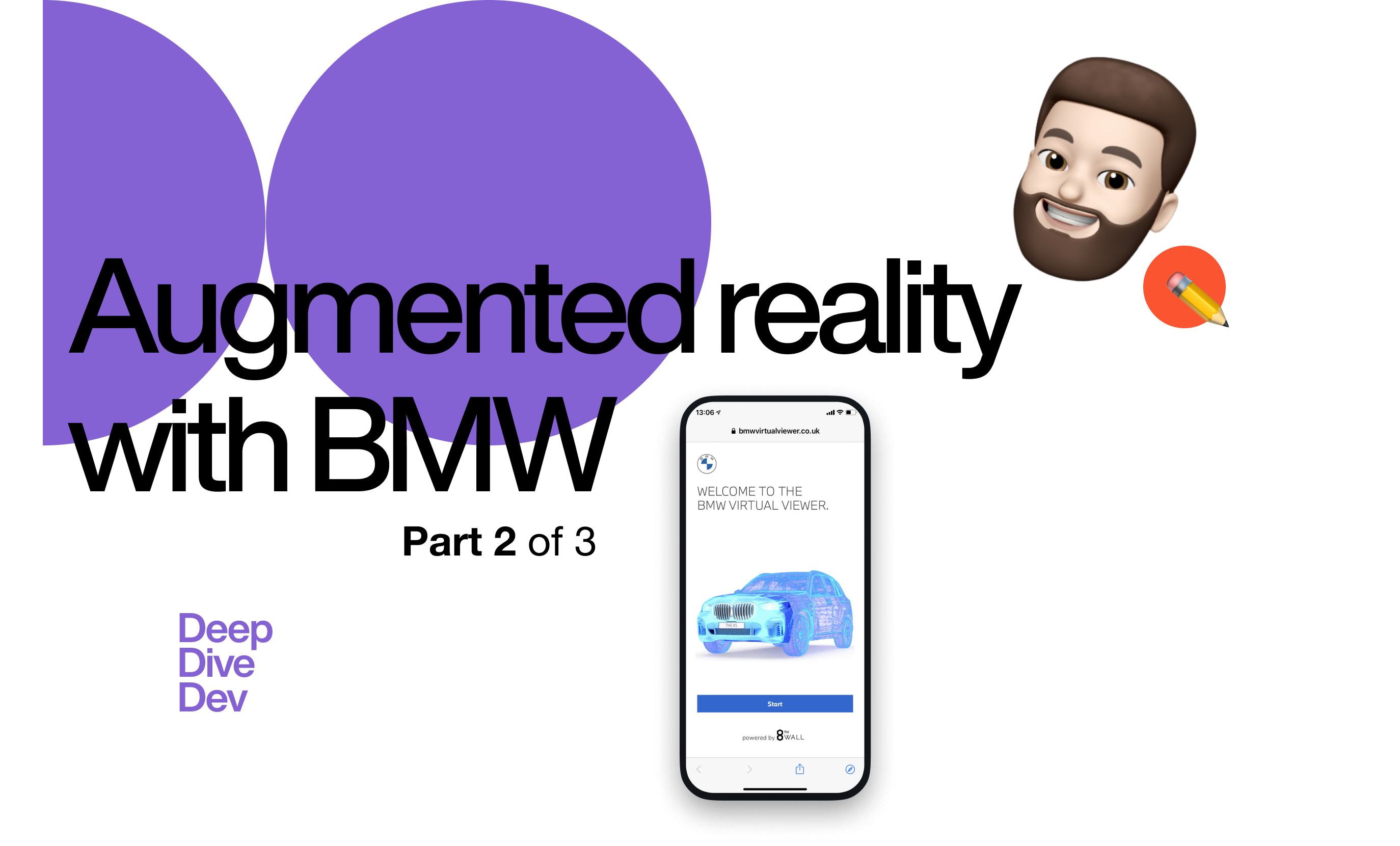
Have a look at our social media